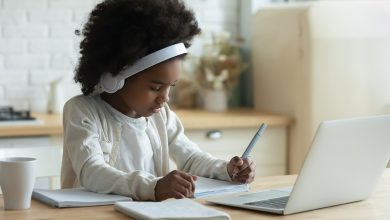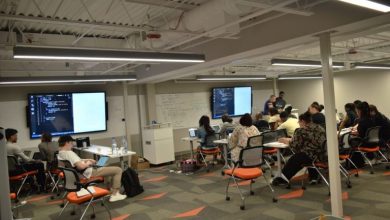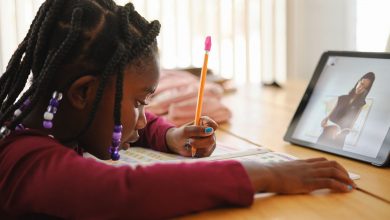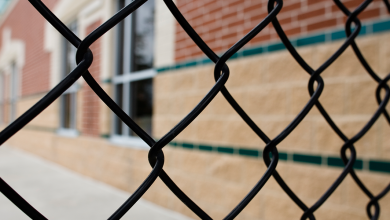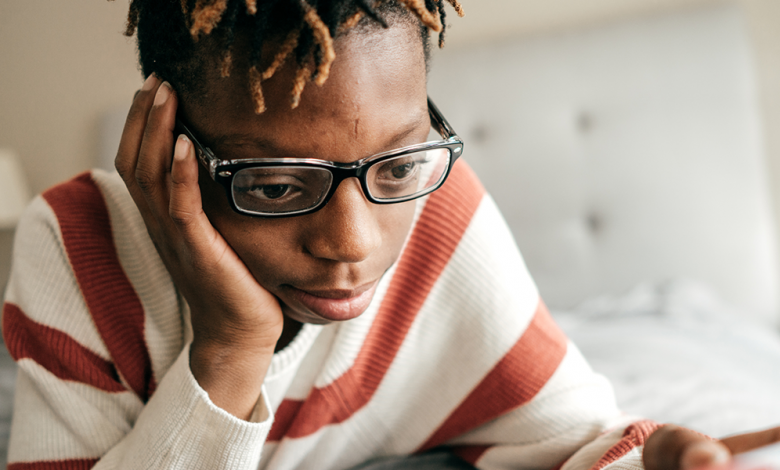
Black and Brown students fall behind on distance learning track
Roz Edward, Atlanta Daily World
Black students aren’t learning online. The sudden switch to remote learning wiped out academic gains for many students in America, and widened racial and economic gaps with some losing the equivalent of a full school year’s worth of academic gains.
Even though schools have made Herculean efforts in school districts across the nation to equip online students with laptops and tablets and establish student parent portals, disparities in technology continue to hamper academic development underscoring the Brown vs. the Board of Education decision which determined that “separate but equal” is not only unconstitutional, it’s just not true.
Equipment handouts are not enough and the disparities are real.
While schools earnestly attempt to assist students with their equipment and device needs by putting a laptop in every household doesn’t address the problem of more than one child needing the device for online classes. Students of color and low-income families are further disadvantaged during the COVID-19 pandemic, as parents in limited resource households are often working outside of the home and are less available to provide learning assistance during online class hours.
A Los Angeles Times survey of 45 Southern California school districts found profound differences in distance learning among children attending school districts in high-poverty communities. “As folks started losing income and losing jobs internet became disconnected and so it was kind of a live situation where we needed to keep providing hotspots to folks that were losing their connectivity,” said Dr. Jesse Noonan, chief academic officer of Ednovate Charter School in Los Angeles.
Approximately 21 million people in America don’t have any home access to broadband, according to a 2019 report from the Federal Communications Commission, and an estimated 163 million people not do not have high-speed internet connections.
According to a Pew Research Center analysis of data from the 2018 National Assessment of Educational Progress:
- Some 15 percent of U.S. households with school-age children do not have a high-speed internet connection at home, according to a previously published Pew Research Center analysis of 2015 U.S. Census Bureau data.
- 25 percent of black teens said they often or sometimes cannot do homework assignments due to lack of reliable access to a computer or internet connectivity. [Students with an annual family income below $30,000 were also more likely to say this than teens with a family income of at least $75,000 annually).
- In the same survey, around one-in-ten teens (12 percent) said they often or sometimes use public Wi-Fi to do schoolwork because they lack a home internet connection. Again, black and lower-income teens were more likely to do this.
- One-in-four teens in households with an annual income under $30,000 lack access to a computer at home, compared with just 4 percent of those in households earning over $75,000, according to the 2018 survey.
- School-age children in lower-income households are especially likely to lack broadband access. Roughly one-third (35 percent) of households with children ages 6 to 17 and an annual income below $30,000 a year do not have a high-speed internet connection at home, compared with just 6 percent of such households earning $75,000 or more a year. These broadband gaps are particularly pronounced in black and Hispanic households with school-age children – especially those with low incomes.
The fix:
Public TV stations serving some areas of the U.S., including Los Angeles, upstate New York, Detroit, Houston, Boston and Florida, are trying to support families and schools by broadcasting classes online and providing related educational programming as well.
In pre-pandemic days, kids without internet at home previously used libraries, community centers and restaurants for Wi-Fi access. But shelter-in-place restrictions in most states mean those options are also no longer available. So some libraries are leaving Wi-Fi on at night so people can access it from the parking lot. Some school districts have sent Wi-Fi-equipped school buses to parks and YMCAs for a few hours during the workweek so parents can come to the site, connect to its Wi-Fi and download assignments.
Al Gore warned of the calamity the Great Divide would cause between the haves and the have-nots, he no doubted shared insights on the impact technological disparities would have on communities of color, but the former Vice President and presidential candidate could not have foreseen the pandemic and the academic fall out caused by Apparently, it may be as apocalyptic as he suggested.
A child born to a Black mother in a state like Mississippi… has exactly the same rights as a white baby born to the wealthiest person in the United States. It’s not true, but I challenge anyone to say it is not a goal worth working for.” – Thurgood Marshall.
The post Black and Brown students fall behind on distance learning track appeared first on Atlanta Daily World.

